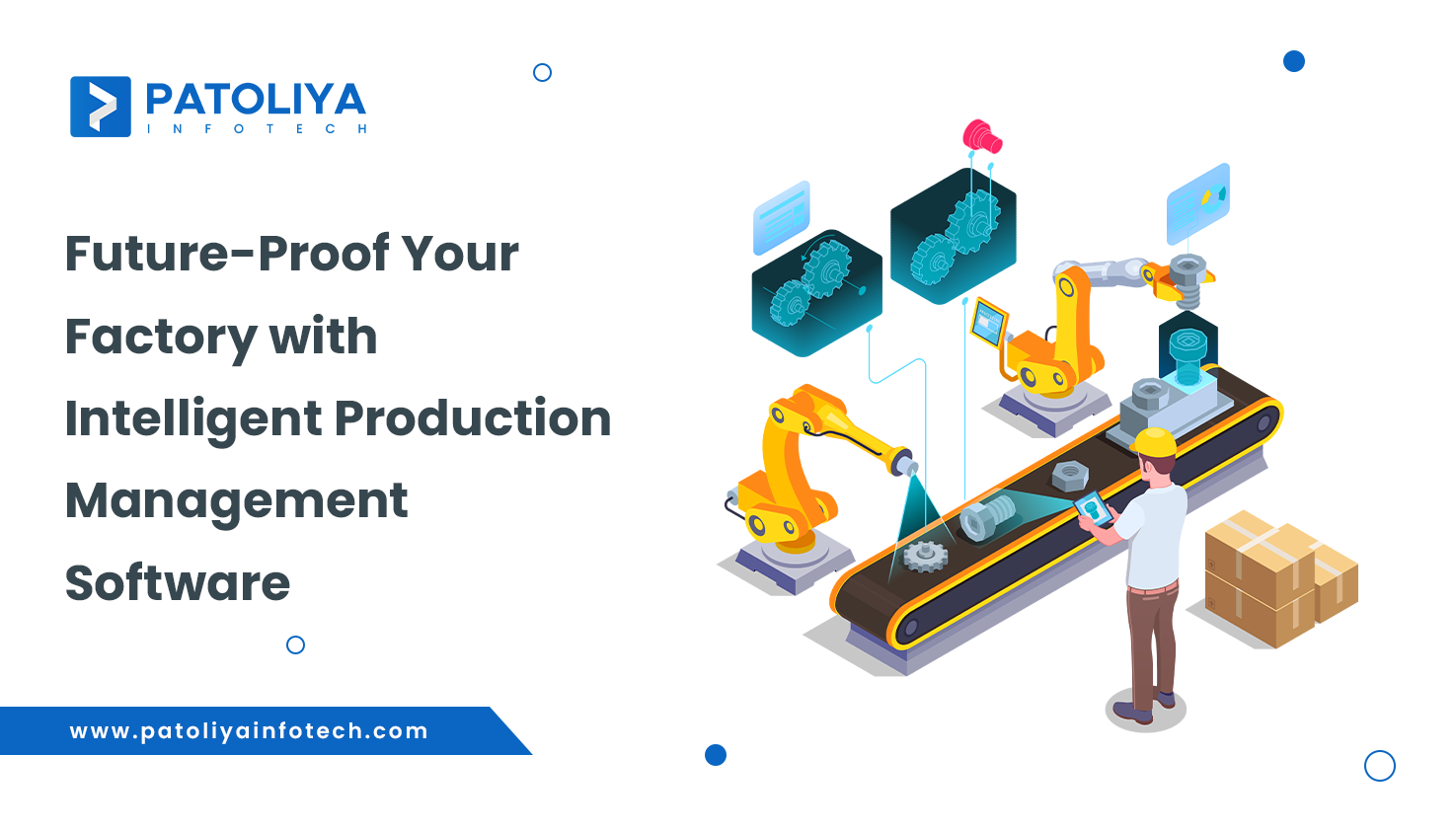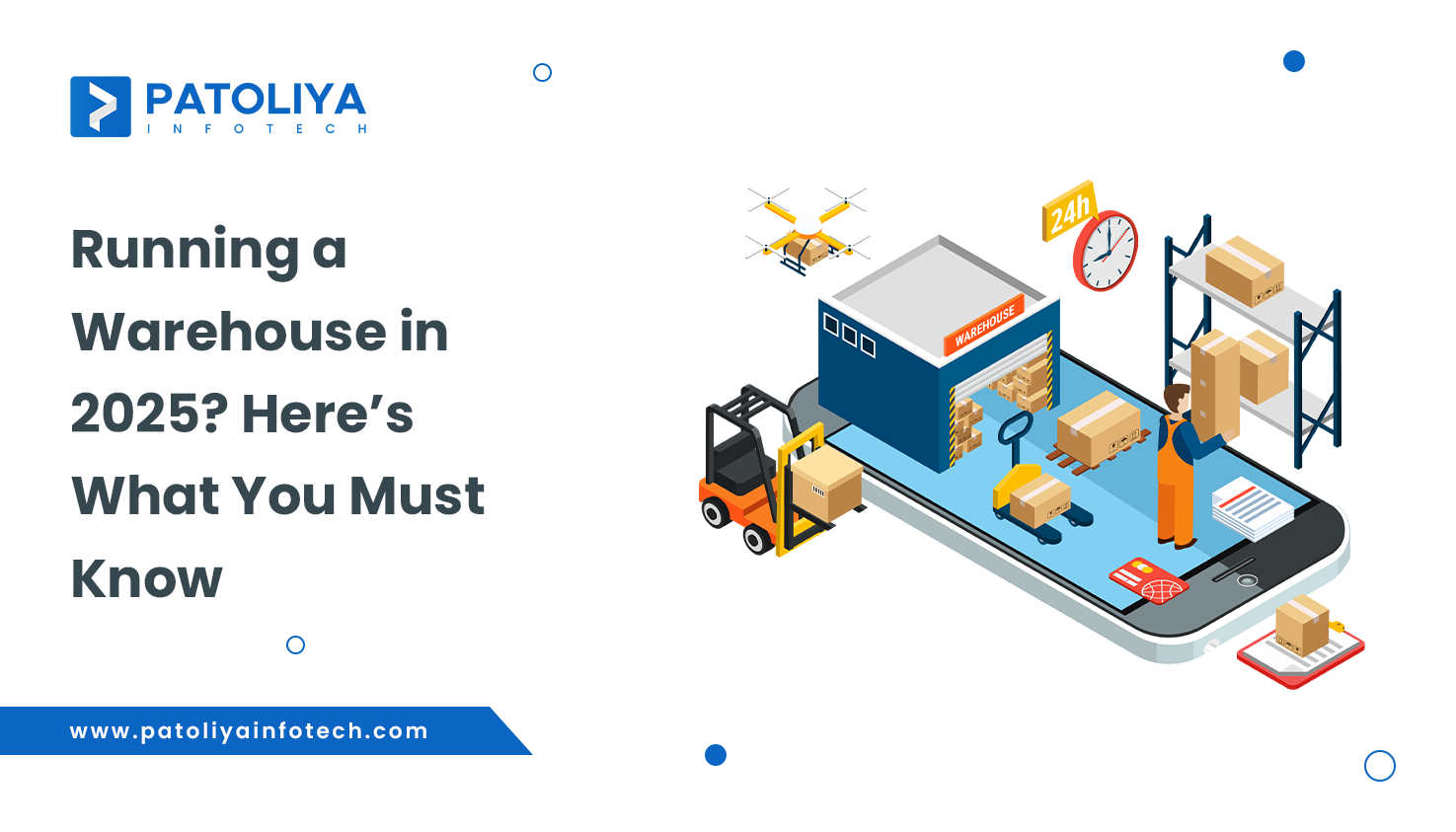Specialized Healthcare Software: Types for Every Medical Field
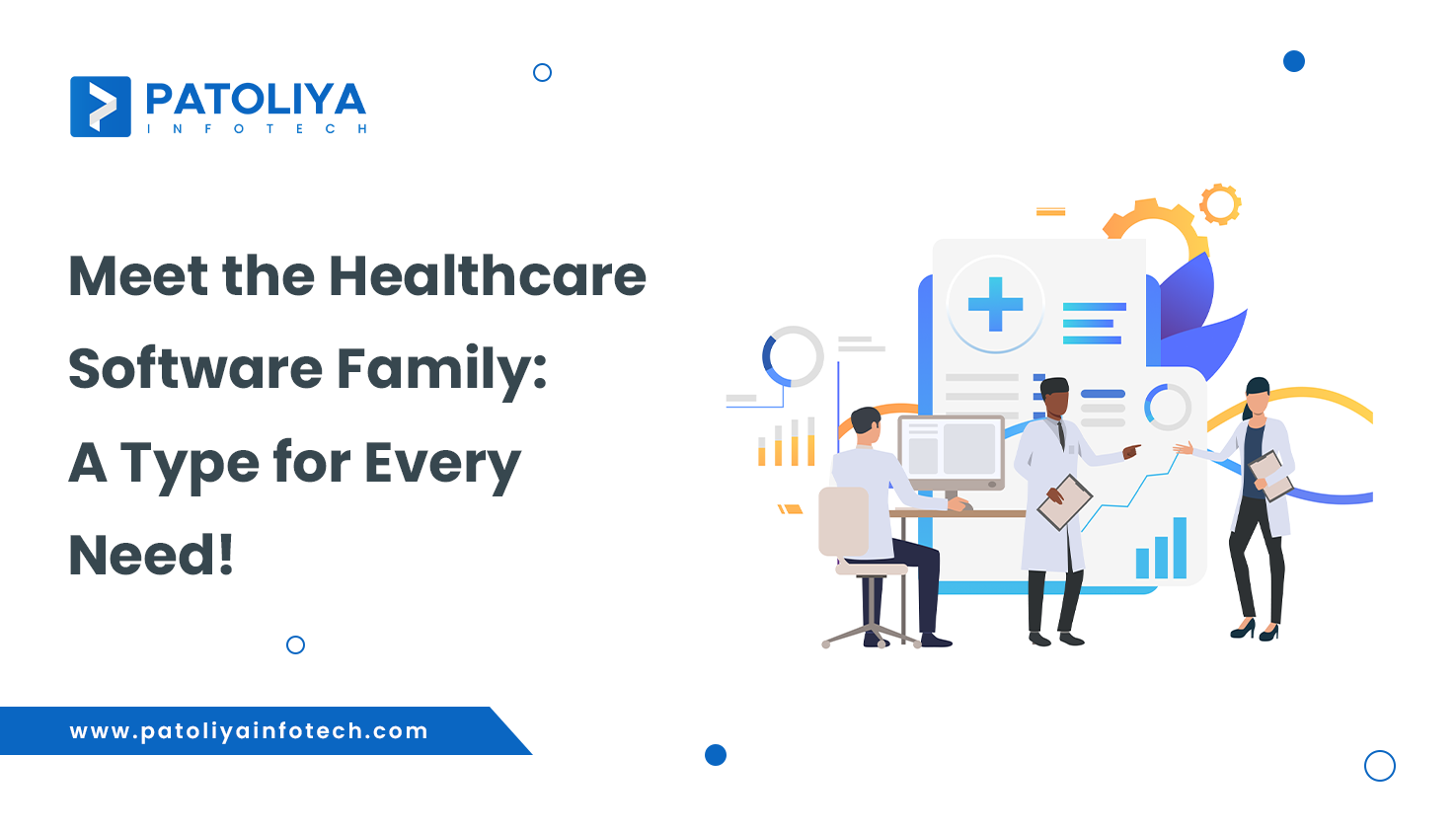
First of all, healthcare software is now integrated in daily medical practice. Software innovations, including electronic health records (EHRs), clinical decision support tools, remote monitoring systems, and patient engagement platforms, are changing processes and improving outcomes. In order to manage patient information, coordinate care, or even anticipate issues before they arise, hospitals and clinics rely on integrated systems.
This is an intelligent connection, not just digitalization. Doctors have access to vital information about the patient's condition, patients may use mobile applications to make appointments or monitor side effects, and whole care teams can work together in real time, regardless of the patient's physical location.
Still, the importance of medical software extends beyond its technological capabilities. Its influence on people is what truly makes it unique. The goal is to empower caretakers, not replace them with machines. Software helps to overcome gaps in access to treatment, gives patients more control over their health journeys, and lessens administrative burden.
Whether a parent uses a wearable device to monitor their toddler's asthma or a rural hospital uses telemedicine to communicate with an expert, the value is in how such devices enhance real-life narratives. When technology improves performance, equality, and empathy in the provision of healthcare, it becomes important.
All of this is a part of a larger movement in healthcare called "digital transformation," which is changing not just the way care is provided but also the mentality and operations of the whole system. We're only getting started with innovations like safe patient data exchange, predictive analytics, and AI-driven diagnostics.
Infrastructure alone won't be enough for transformation; a culture change is needed. It is essential that health organizations accept change, make training investments, and, above all, maintain people at the heart of everything. The aim is to develop a more intelligent, responsive healthcare environment that benefits everyone, not to establish a tech-driven economy.
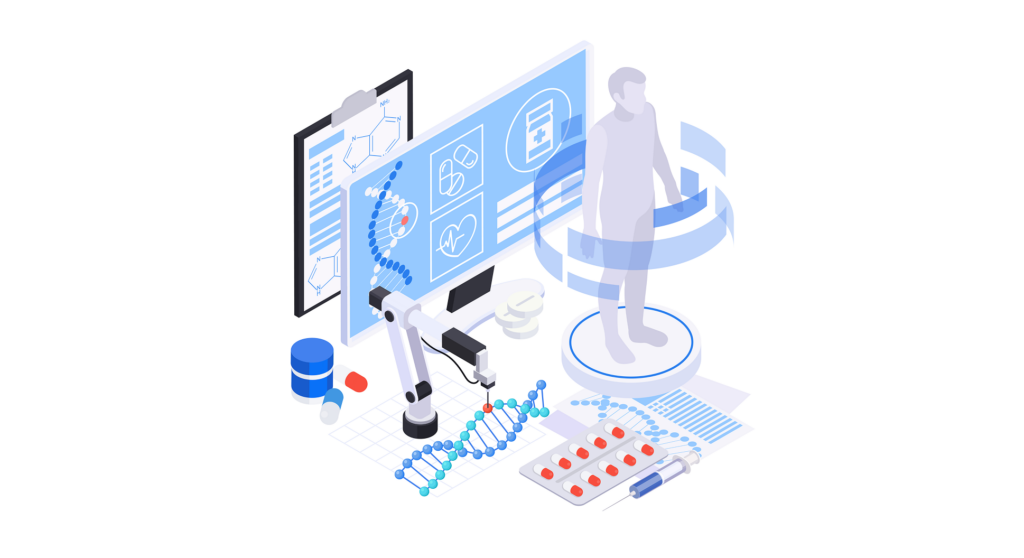
Understanding Healthcare Software
Healthcare software is fundamentally made to enhance the way that care is provided, integrated, and received. From measuring population health trends and controlling entire hospital systems to organizing patient data and enabling virtual consultations, it has many uses. The goal is to provide a more integrated, effective, and customized healthcare environment in addition to digitizing records.
The development of healthcare software has been a truly outstanding experience. Simple tools for administrative and invoicing duties have developed into intricate, AI-driven ecosystems that affect every aspect of patient care.
Modern platforms are cloud-based, mobile-friendly, and built to interact easily across departments and even corporations, in contrast to the difficult and separated early systems. The need for more intelligent, flexible solutions that take into account the practical requirements of both patients and healthcare professionals has grown along with technology.
The Role of Key Drivers Behind Healthcare Software Adoption
Adoption of healthcare software is influenced by a number of important elements that meet important industry needs, such as patient expectations, operational demands, and regulatory duties.
Regulatory Compliance (e.g., HIPAA)
HIPAA and other regulations mandate that hospitals use audit trails, access control, and secure data management to safeguard patient information. Attention to the law is compulsory; it is not voluntary. Organizations may avoid penalties and ensure that patient data is handled safely and ethically by implementing software solutions that conform to these criteria.
Patient Engagement and Experience
Patients anticipate having direct connection with physicians and having quick access to their health information. Software solutions that provide messaging, record access, appointment scheduling, and tailored health data increase patient engagement. Better care adherence, satisfaction, and results follow from this.
Operational Efficiency and Cost Reduction
Healthcare software makes administrative duties like scheduling, billing, and paperwork easier. Better utilization of resources, fewer errors, and less physical work are the outcomes. This leads to organizations running more efficiently and spending less on operating costs while maintaining or improving the quality of treatment.
Step inside the digital transformation of healthcare, where smart systems, data, and design converge to improve outcomes.
Healthcare Software Types
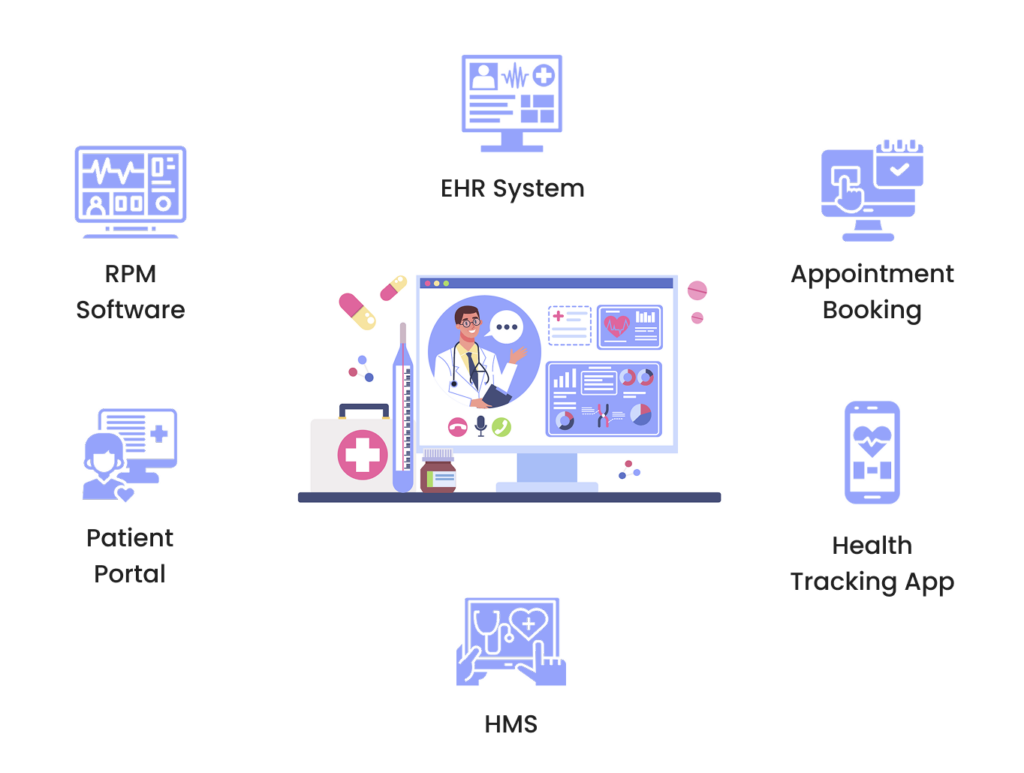
Electronic Health Records (EHR)
Computerized systems known as electronic health records (EHRs) give authorized medical professionals centralized access to and preservation of patient health data. They improve care coordination, reduce paperwork, and help make better clinical decisions.
Types of EHR Systems
- Electronic Patient Record (EPR): Used for local patient data management at a single hospital or group.
- Electronic Medical Record (EMR): Maintained by individual practices, with a concentration on the medical history and care received in that particular clinic.
Benefits
- Comprehensive Patient Information Management: Organizes clinician notes, prescriptions, test results, and medical histories.
- Financial Module Integration: Integrates insurance claims, coding, and billing into a single system.
- Patient Portal Accessibility: let patients manage appointments, interact with clinicians, and see records.
- Enhanced Treatment Quality: Real-time access to patient data facilitates more rapid and well-informed healthcare decision-making.
Telemedicine and Telehealth Software
Thanks to telemedicine and telehealth software, which use digital communication technologies to digitally link patients and physicians, healthcare may now be provided outside of traditional clinical settings.
Telemedicine Platforms
Telemedicine platforms are designed to provide direct virtual communication between patients and medical professionals.
Among the features and applications are real-time video consultations, encrypted communications, e-prescriptions, and appointment scheduling. These technologies enable virtual clinics, which allow patients to get care without physically visiting a facility. They are perfect for routine follow-ups, chronic care management, or consultations in underserved areas.
Telehealth Software
There is more to telehealth than just medical consultations.
Applications for preventative care that include wellness programs, behavior monitoring, or health education are included, as are tools for remote patient monitoring, which involves using devices to check vital signs or medical issues from the patient's home. Chronic illness management, elderly care, and population health initiatives are among the areas where telehealth makes continuous treatment easier.
Hospital Management Software (HMS)
Hospital Management Software (HMS) is a comprehensive system made to effectively oversee the daily operations of medical institutions. It ensures more seamless departmental cooperation by supporting both clinical and administrative procedures.
Components of HMS
- Administrative Functions: Includes personnel scheduling, resource allocation, inventory control, and room booking—all of which benefit in improving non-clinical activities.
- Patient Portals: Enable patients to access their medical history, control admissions, and examine billing information to increase convenience and transparency.
Benefits for Stakeholders
- Administration: Improves resource usage, decreases manual labor, and increases operational control.
- Patients: Get easier access to their health data, quicker treatments, and streamlined invoicing.
- Healthcare Professionals: Take advantage of established records, well-organized procedures, and effective departmental cooperation.
Medical Imaging and Diagnosis Software
When it comes to taking, analyzing, and displaying scans, including ultrasounds, CT scans, MRIs, and X-rays, medical imaging and diagnostic software is important. Radiologists and doctors benefit from its enhanced photo exceptional, facet-by-side comparison capabilities, and translation system speed. These devices now assist in more accurately and effectively identifying anomalies due to the integration of AI. With the use of AI-driven technology, medical decision-making might be significantly accelerated and made more accurate. These tools could identify trouble spots, provide guidance for capable diagnosis, and reduce human error.
Healthcare Billing Software
Healthcare billing software automates activities such as creating invoices, filing claims, and monitoring payments, which simplifies financial operations. More accurate and timely billing is ensured by lowering human mistakes and accelerating the revenue cycle. Faster reimbursements and less administrative delays are the results of its integration with insurance verification and payment systems, which also streamlines claim processing and improves coordination between patients, payers, and providers.
E-Prescription Software
Thanks to e-prescription software, doctors may now instantly send prescriptions to pharmacies, eliminating the need for handwritten notes or paper forms. This speeds up and increases the accuracy of the entire prescription procedure for both doctors and patients. By reducing manual entry and handwriting errors, it significantly increases patient safety, reduces prescription errors, and ensures that the right medication is administered to the right patient more precisely.
Remote Patient Monitoring Software
Since remote patient monitoring software enables continuous health monitoring of a patient outside of professional settings, it is especially helpful for controlling chronic conditions including diabetes, hypertension, and heart disease. It collects data in real time, such as blood pressure, heart rate, and glucose levels, by integrating IoT-enabled devices. Without having to meet patients in person, this allows medical practitioners to monitor trends, spot issues early, and take the necessary action.
Patient Feedback Management Software
By instantly gaining insights from patient input, software for handling patient comments is essential for enhancing the quality of healthcare services. It offers tools for collecting comments, ratings, and surveys and helps healthcare providers analyze the data to find areas that need improvement. Businesses may ensure a more patient-centered approach to treatment, improve service delivery, and promote cooperation by utilizing patient feedback.
Pharmacy Management Software
Detailed inventory tracking and automated medication restocking are made possible by pharmacy management software, which enhances pharmacy operations. It ensures that supply levels are maintained and reduces the likelihood of shortages or overstocking. Through the smooth integration of medication administration with electronic prescriptions, the system enhances patient safety by reducing errors and boosting productivity when combined with prescription data.
Healthcare Research and Analytics Tools
Large amounts of healthcare data are transformed into valuable insights by healthcare research and analytics systems, supporting population health assessments, clinical research, and medical studies. These technologies play a key role in predictive analytics, which helps detect traits, foresee health issues, and put preventative measures in place. They make more in-depth research possible by integrating AI, offering customized insights that support precision medicine and more focused, effective remedial procedures.

Benefits of Healthcare Software
Operational Efficiency
Healthcare software significantly boosts operational efficiency by automating repetitive tasks like appointment scheduling, invoicing, and record keeping. Healthcare professionals may focus more on patient care rather than paperwork since they save time and have less administrative work to accomplish. The final result is a faster and more effective process that helps the clinical and administrative teams.
Interoperability Across Systems
Healthcare software enhances interoperability by enabling simple data transmission between departments, facilities, and even external suppliers. Care teams stay in sync because of this real-time access to patient data, regardless of location or specialty.
It encourages improved coordination, reduced effort duplication, and more informed decision-making among healthcare professionals throughout the patient journey.
Improved Patient Outcomes
Healthcare software facilitates personalized treatment plans based on real-time data and scientific insights, which improves patient outcomes. If carriers have access to particular fitness data and analytics, they can more effectively tailor therapy to each patient's needs.
Affected person portals, reminders, and remote tracking are examples of engagement tools that are very important because they enable patients to actively participate in their care, adhere to treatment regimens, and stay informed.
Cost Optimization
Healthcare software offers centralized access to patient data and medical history, which can aid in pricing manipulation and eliminate needless repetition of checks or treatments. The interchange and usage of resources, including as staff, equipment, and space, is further enhanced across departments and sites, ensuring that operations run smoothly and budgets are better controlled without compromising the care of those affected.
Dive into the real-world impact of connected systems — from smarter diagnostics to patient-first experiences — and see how you can be part of the digital health revolution.
Challenges in Healthcare Software Implementation
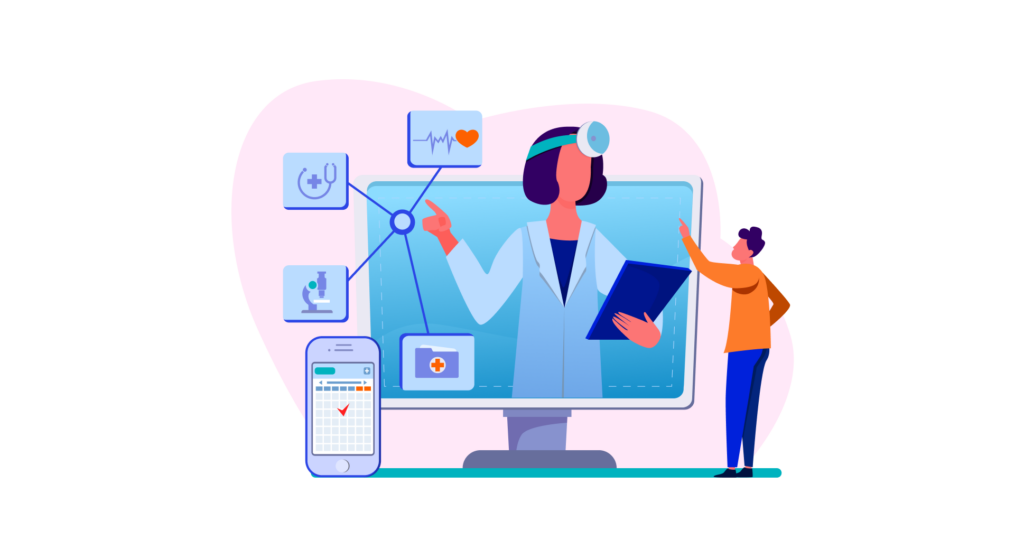
Data Security and Privacy Concerns
When putting healthcare IT initiatives into place, protecting the privacy and security of medical records is one of the most major issues. Healthcare systems are particularly vulnerable to hackers as they handle private patient information.
Strict laws like HIPAA and GDPR must be followed in order to preserve jail compliance and safeguard the data of affected persons. To safeguard information and promote customer confidence, strict encryption, uniform access controls, and ongoing oversight are required.
Integration with Legacy Systems
It might be an excellent effort to integrate new healthcare software with existing legacy systems. However, a lot of medical institutions still use outdated infrastructure, which may not support modern technologies and cause incompatibilities.
Custom software, middleware, or phased transitions are frequently required to close those gaps and guarantee data continuity and system stability without interfering with ongoing clinical operations.
Training and Adoption Barriers
New healthcare software is frequently introduced with challenging scenarios for individual adoption. Although it takes time, training employees on how to utilize new technology properly is essential. Also, implementation may be slowed considerably by opposition to change, particularly from users used to established procedures. Getting beyond those obstacles requires open communication, hands-on learning, and continuous support to build confidence and ensure smooth transitions.
Not Just Management — Intelligent Pharmacy Systems Built for Better Patient Outcomes
Emerging Trends in Healthcare Software
Artificial Intelligence (AI) Applications
Healthcare software is being quickly transformed by artificial intelligence, which is bringing more intelligent and responsive equipment to the whole organization. Predictive analytics, which uses AI to examine patient data and spot early infection indicators, is one major development that enables quicker analysis and preventative treatment.
Additionally, AI-powered chatbots are becoming more prevalent in impacted person-going positions, handling appointment scheduling, responding to basic health inquiries, and helping clients with self-care, all while relieving clinical staff of some of their workload.
Internet of Things (IoT) in Health Monitoring
The Internet of Things is taking a revolutionary position in the healthcare industry by providing continuous, real-time health monitoring through wearable technology. These vital signs, which include heart rate, activity level, and sleep habits, are recorded for the benefit of both patients and vendors.
IoT devices help with proactive treatment by letting medical personnel know about potential problems early on, improving reaction times, and reducing long-term health impacts when combined with remote monitoring systems.
Machine Learning in Personalized Medicine
Through enabling the development of treatment regimens specific to each patient's genetic profile, machine learning is leveraging advancements in personalized medicine. Machine learning algorithms help find the sole remedies for certain impacted companies by analyzing full-size datasets and genetic information.
Furthermore, sample popularity skills improve diagnostic accuracy by identifying minor markers in clinical records that traditional analysis may overlook, resulting in earlier discovery and more accurate treatment.
Learn what it really takes to design telemedicine apps that deliver real value — not just features.
Conclusion
Software for the healthcare industry has evolved from a back-office convenience to a front-line force for change. Its promise extends beyond operational simplification to include a fundamental shift in the way care is provided, received, and maintained. Through the smooth integration of people, data, and choices, these tools are helping to create a more proactive, individualized, and responsive healthcare system.
This change focuses on a dedication to bettering patient outcomes. Healthcare software is a force multiplier for high-quality treatment, whether it is to help physicians with predictive insights, empower patients with access to their health data, or enable quicker, more accurate diagnosis using AI. Efficiency is only one aspect of it; empathy driven by innovation is another.
The field of digital health is expected to see even more significant advancements in the future. The next generation of innovation will push the envelope even farther, from machine learning-guided precision medicine to real-time monitoring via wearable technology and the Internet of Things. But with every development, the goal must stay the same: humans should always benefit from technology, not the other way around.
Healthcare is going digital, but how well we utilize that technology to improve treatment, trust, and human connection will determine how successful it is.
